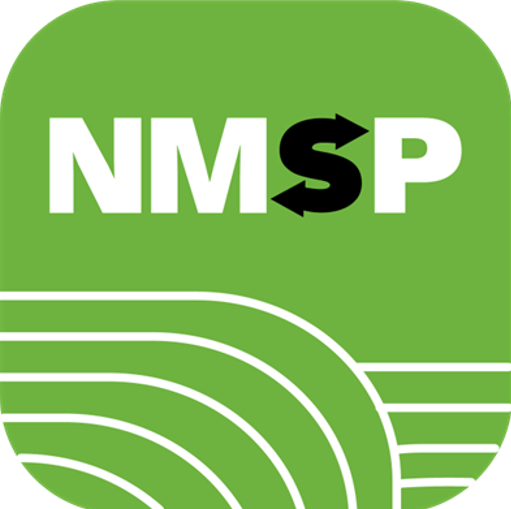New York Phosphorus Runoff Index
The original New York Phosphorus Runoff Index (NY-PI 1.0) was released in 2001. Version 2.0 of the NY-PI, released in December of 2019, reflects subsequent gains in knowledge and addresses challenges that were identified since publishing NY-PI 1.0.
The NY-PI 2.0 is a field management tool designed to estimate the relative risk of phosphorus (P) runoff from agricultural fields. The original NY-PI used a source x transport approach. The NY-PI 2.0 uses a more intuitive transport x best/beneficial management practice (BMP) approach, where fields are scored based on factors that drive transport of manure and fertilizer P from agricultural fields, and scores can be lowered by implementation of BMPs that reduce the risk of P transport.
The NY-PI 2.0 does not estimate actual P loss, reflecting challenges with accurately predicting loss of P from individual fields. It rates fields for relative risk of particulate and dissolved P runoff and triggers management changes designed to reduce P runoff risk. This approach has been shown to drive management decisions toward practices that reduce relative P losses.
The NY-PI 2.0 is used to derive a relative risk score for each nutrient management planning cycle based on information garnered from farm records, soil erosion control plans, manure and fertilization plans, and field visits.
The first step in development of the NY-PI 2.0 score for a field is evaluation of soil test P (STP). Fields with a Cornell Morgan STP exceeding 160 lbs/acre are generally restricted from P application because they are well above the crop response range. Fields with a STP of 100 lbs/acre or lower may receive P at rates either limited by crop nitrogen (N) needs or by annual P-crop removal rates, as long as the NY-PI 2.0 score is less than 100. Fields with a STP from 101 to 160 lbs/acre can receive P at a P-crop removal limited rate if the NY-PI 2.0 score is < 50.
For fields with a Cornell Morgan STP up to 160 lbs/acre, the NY-PI 2.0 first assesses risk of runoff (potential for P transport from the field) based on field attributes. The result of the assessment is a "raw score" (prior to BMP selection).
Farmers and planners can reduce the raw NY-PI 2.0 score with implementation of BMPs by selecting from options related to: (1) P application method; and (2) ground cover/timing.
Farms with a whole-farm P balance (3-yr running average) at or below 12 lbs P/acre meet the feasible P balance for dairy farms in New York. These farms can apply manure at N-based rates on fields with a Cornell Morgan STP up to 100 lbs/acre, even if the NY-PI 2.0 assessment for these fields limits rates to P-based, as long as the selected BMPs to get to a P-based score are implemented.
The NY-PI 2.0 reflects farmer and planner feedback on the original NY-PI and earlier versions of NY-PI 2.0. The new PI was tested and further improved with two datasets consisting of: (1) more than 33,000 agricultural fields in New York; and (2) two years of NY-PI and whole-farm P balance information from 18 New York dairy farms.
Comparing NY-PI 1.0 and 2.0, the new PI has an increased capacity to provide additional water quality benefits by, among others, encouraging more ground cover or surface residue on fields, increasing acres where a manure application is placed below the soil surface and/or better timed with crop nutrient uptake, and incentivizing improved whole-farm P balances.
The NY-PI 2.0 replaces earlier runoff estimation tools referenced by the NRCS 590 Nutrient Management Standard and used in Comprehensive Nutrient Management Plans (CNMP) and other conservation planning.
For further information contact Quirine Ketterings qmk2@cornell.edu.
New York On-Farm Research Partnership Project


